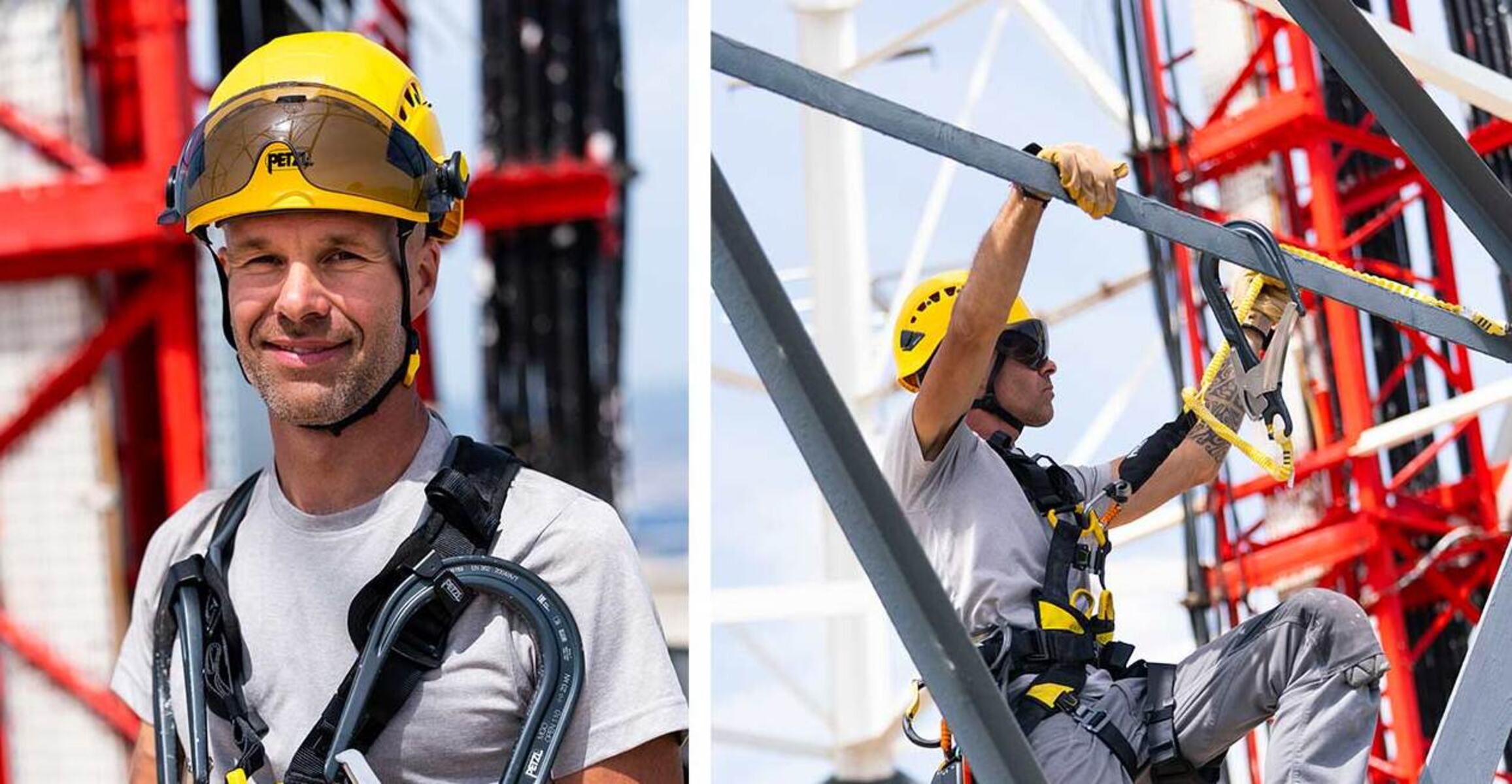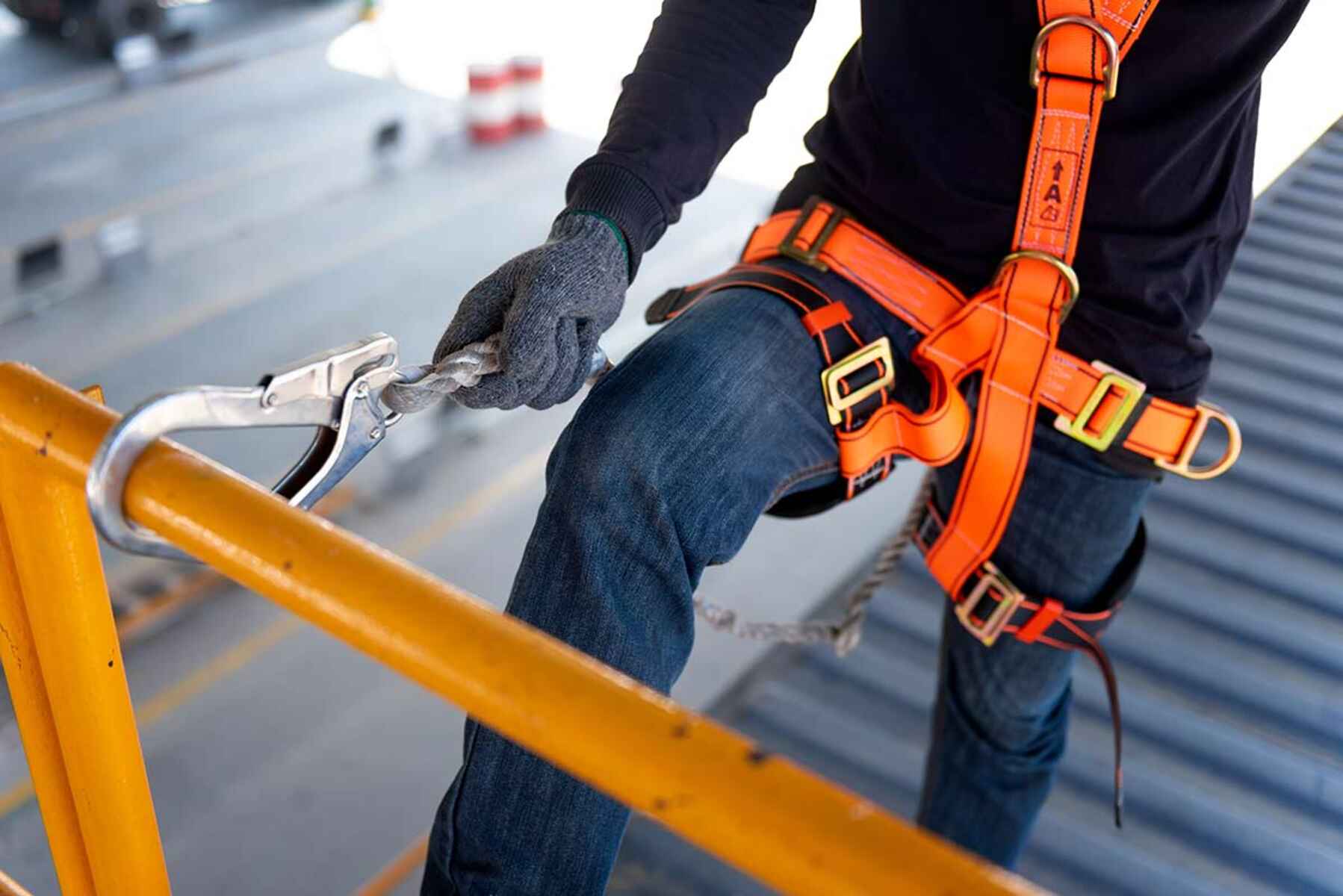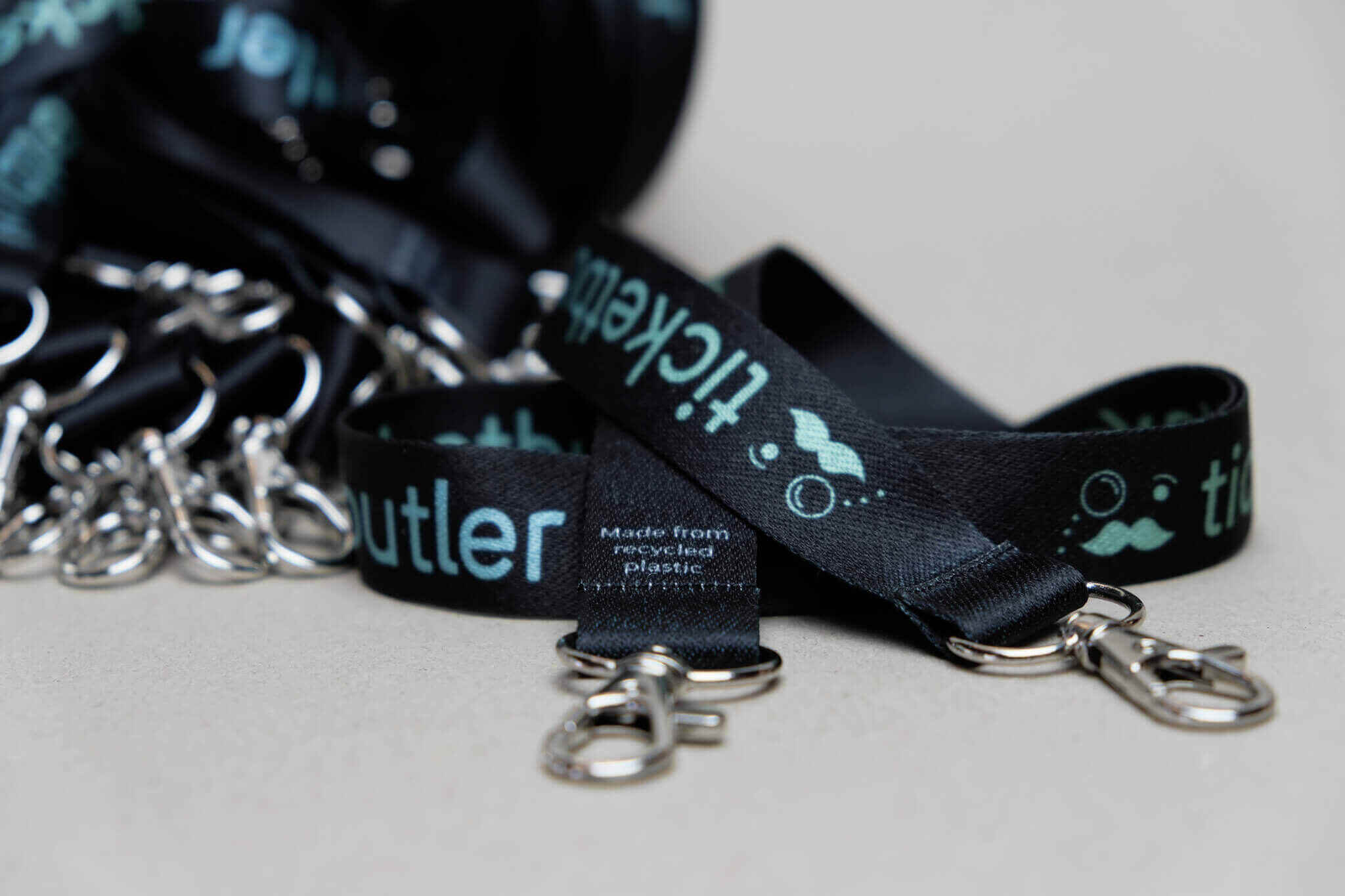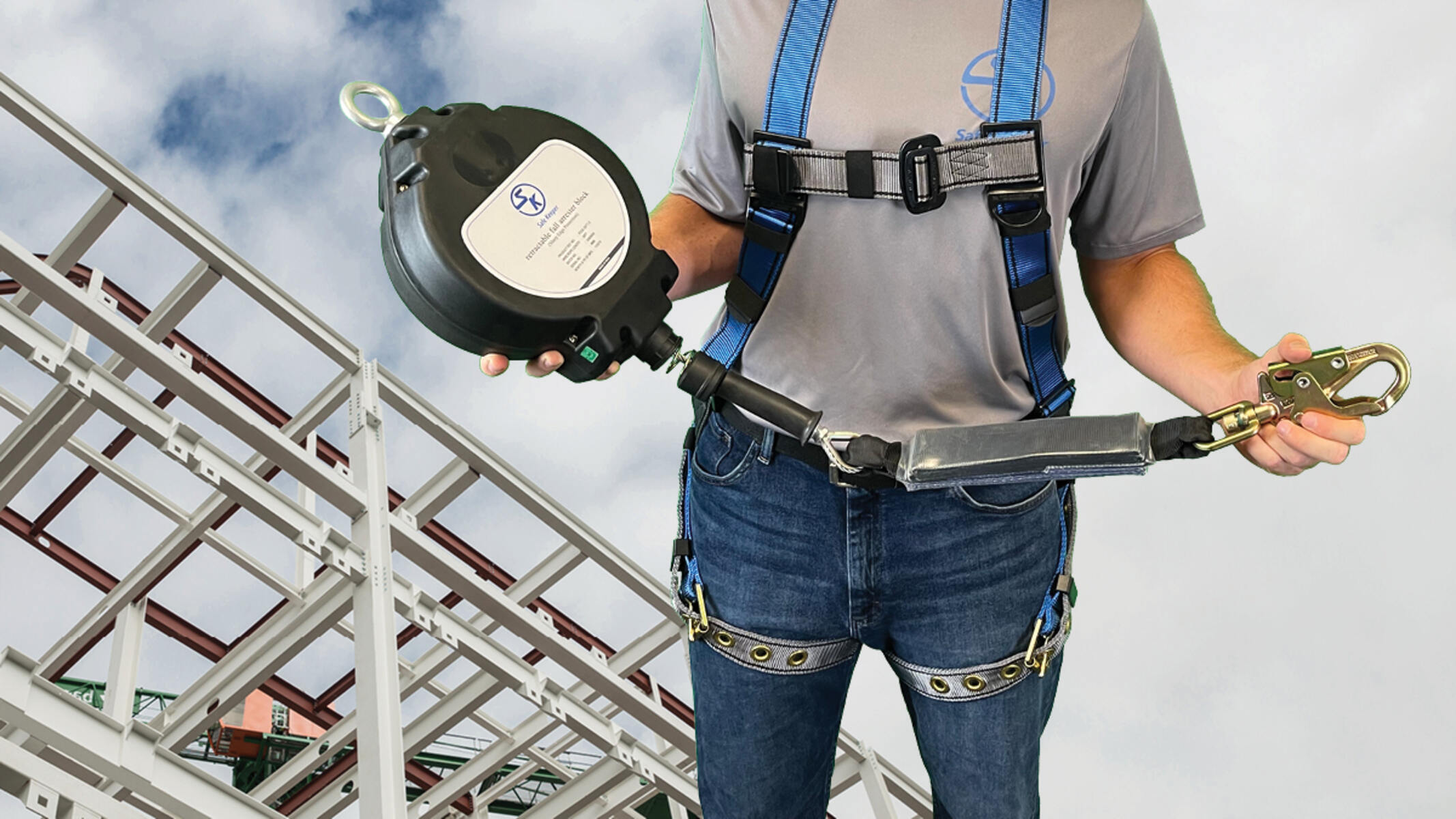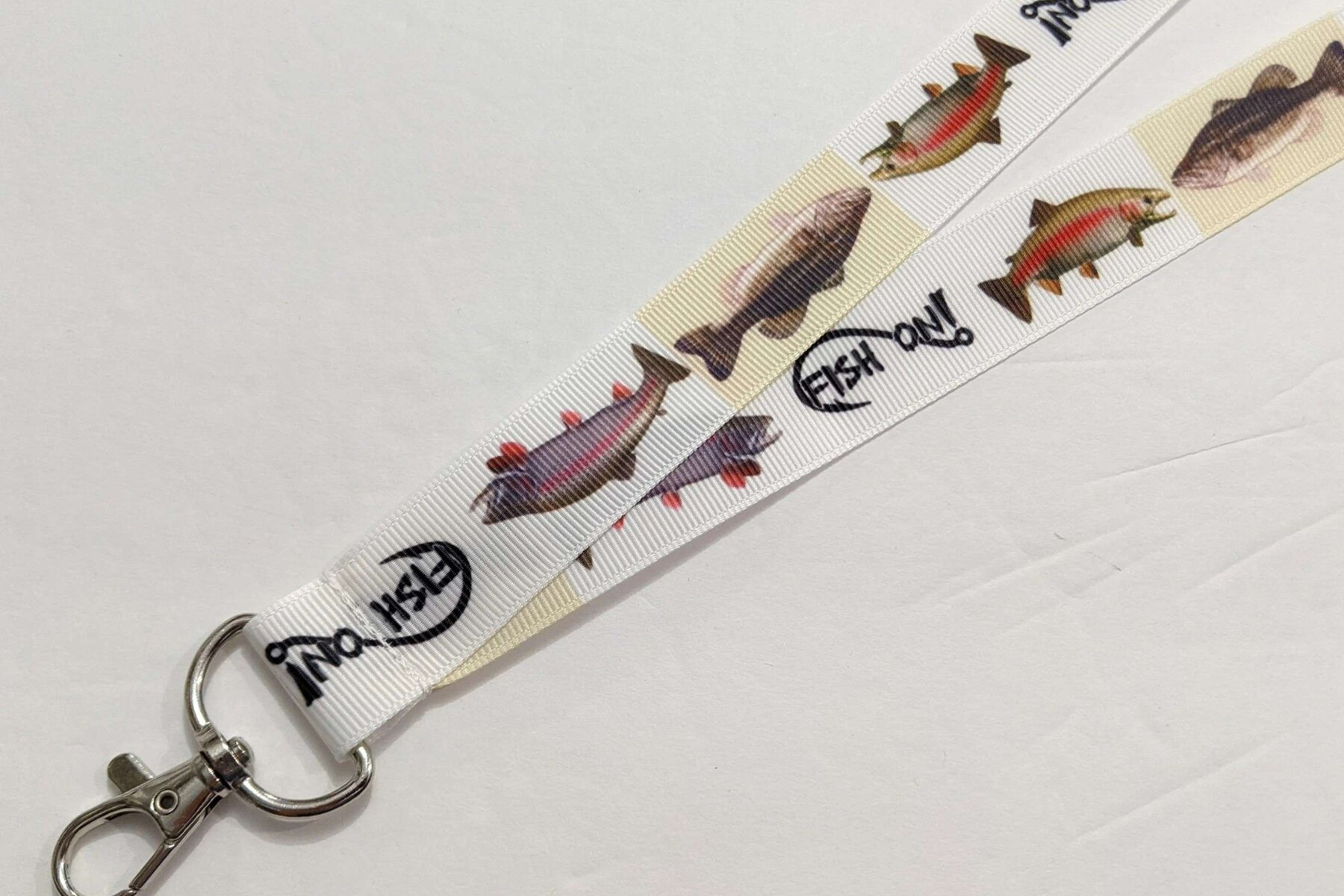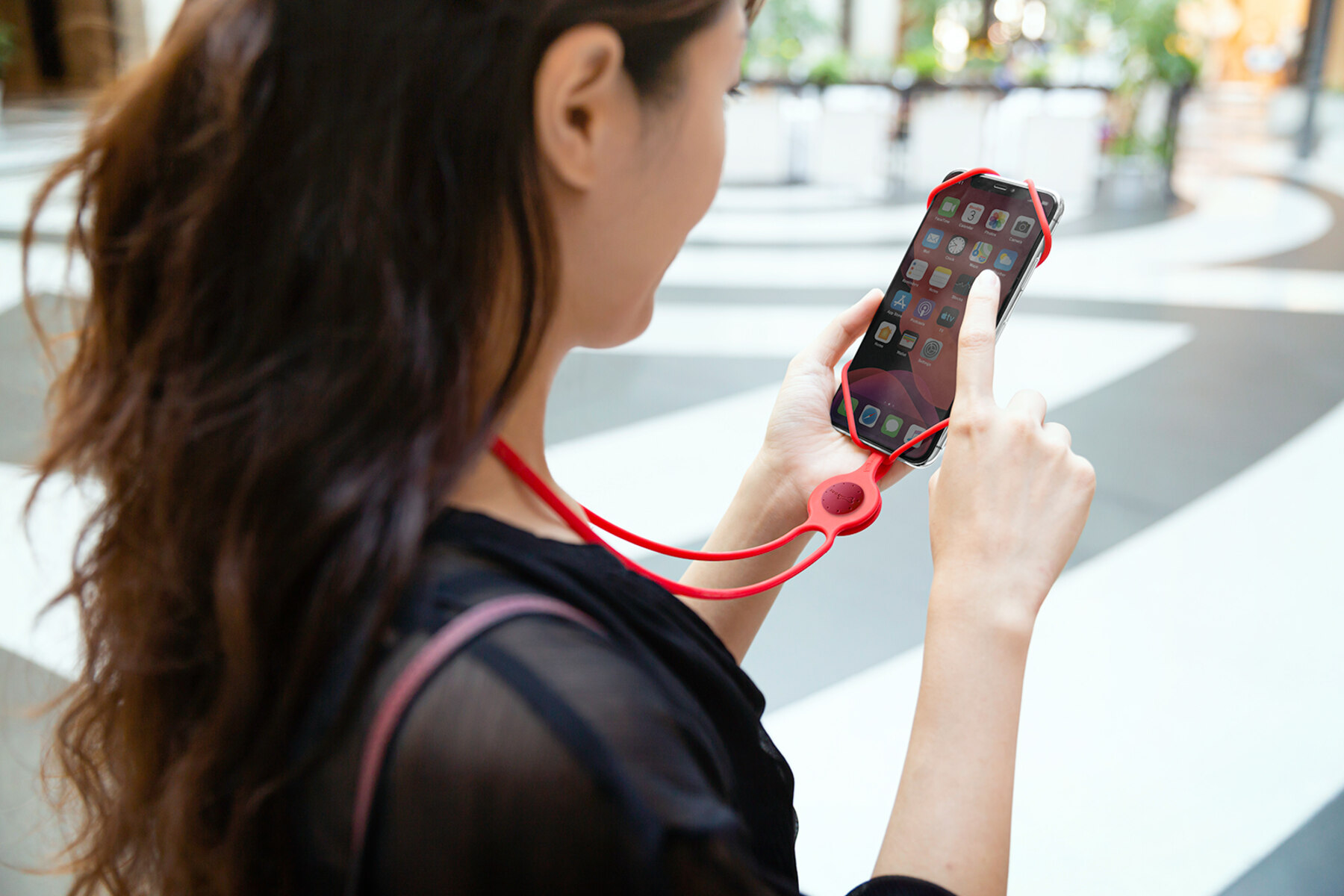Introduction
Lanyards have evolved from being mere accessories to becoming essential tools for a wide range of applications. These versatile straps, typically worn around the neck or wrist, serve various purposes, from holding identification badges and keys to securing small gadgets and electronic devices. The diverse uses of lanyards have made them indispensable in numerous industries, including corporate, educational, healthcare, and event management.
In this comprehensive guide, we will delve into the multifaceted world of lanyards, exploring the different types available, the various materials used in their construction, and the best attachment options for specific needs. Moreover, we will discuss the significance of customizing lanyards for branding and identification purposes, as well as provide insights into the proper use and maintenance of these practical accessories.
Whether you are a professional seeking to enhance your brand's visibility, an event organizer aiming to streamline operations, or an individual looking for a convenient way to carry essential items, understanding the intricacies of lanyards and how to maximize their utility is paramount. By the end of this guide, you will have gained valuable insights that will enable you to leverage lanyards effectively, ensuring that they not only serve their functional purpose but also contribute to your overall efficiency and professionalism.
Understanding the Different Types of Lanyards
Lanyards come in a diverse range of styles, each tailored to specific functions and preferences. Understanding the different types of lanyards is essential in selecting the most suitable option for your needs. Here's a comprehensive overview of the various types of lanyards available in the market:
1. Polyester Lanyards
Polyester lanyards are among the most popular and cost-effective options. They are durable, comfortable to wear, and offer a smooth surface for customization. These lanyards are commonly used for carrying ID badges, keys, and small electronic devices.
2. Nylon Lanyards
Nylon lanyards are known for their strength and flexibility. They are ideal for heavy-duty use and are often chosen for outdoor activities, sporting events, and industrial applications. The smooth texture of nylon lanyards allows for vibrant and intricate designs.
3. Woven Lanyards
Woven lanyards are crafted using a weaving process that integrates text and logos directly into the fabric. This results in a professional and long-lasting finish, making them a preferred choice for corporate branding and identification purposes.
4. Tubular Lanyards
Tubular lanyards are made from tube-stitched polyester, giving them a comfortable, smooth, and lightweight feel. They are commonly used in trade shows, conferences, and events where comfort during prolonged wear is essential.
5. Dye-Sublimated Lanyards
Dye-sublimated lanyards are designed for intricate, full-color artwork. The dye-sublimation process ensures that the designs are infused into the fabric, resulting in vibrant, long-lasting images. These lanyards are often chosen for promotional events and branding initiatives.
6. Reflective Lanyards
Reflective lanyards feature a reflective strip that enhances visibility in low-light conditions. They are commonly used in safety-critical environments, such as construction sites, outdoor events, and night-time activities.
Understanding the unique characteristics and benefits of each lanyard type is crucial in making an informed decision when selecting the most suitable option for your specific requirements. Whether it's for corporate branding, event management, or personal use, choosing the right type of lanyard ensures that it effectively fulfills its intended purpose while aligning with your preferences and style.
Choosing the Right Material for Your Lanyard
Selecting the appropriate material for your lanyard is crucial as it directly impacts durability, comfort, and overall functionality. The choice of material determines the lanyard's suitability for different environments and applications. Here's an in-depth look at the common materials used in lanyard construction:
1. Polyester
Polyester lanyards are widely favored for their affordability, durability, and versatility. The smooth texture of polyester makes it an ideal canvas for vibrant and intricate designs. These lanyards are well-suited for everyday use, offering comfort and long-lasting performance.
2. Nylon
Nylon lanyards are known for their exceptional strength and flexibility. They are preferred for rugged use, making them suitable for outdoor activities, sports events, and industrial settings. The resilience of nylon ensures that the lanyard can withstand heavy loads and harsh conditions without compromising on comfort.
3. Woven Fabric
Woven lanyards are constructed using a weaving process that integrates text and logos directly into the fabric. This results in a professional, high-quality finish that is durable and long-lasting. Woven lanyards are often chosen for corporate branding and identification purposes, as they exude a sense of sophistication and permanence.
4. Tubular Polyester
Tubular polyester lanyards are lightweight, comfortable, and have a smooth, tube-stitched texture. They are well-suited for extended wear, making them a popular choice for trade shows, conferences, and events where comfort is paramount. The tubular design ensures that the lanyard remains soft against the skin, even during prolonged use.
5. Dye-Sublimated Fabric
Dye-sublimated lanyards are designed to showcase intricate, full-color artwork. The dye-sublimation process infuses the designs into the fabric, resulting in vibrant, long-lasting images. These lanyards are often chosen for promotional events and branding initiatives, as they offer a visually striking and durable branding solution.
6. Reflective Material
Reflective lanyards feature a reflective strip that enhances visibility in low-light conditions. They are essential for safety-critical environments, such as construction sites, outdoor events, and night-time activities. The reflective properties of these lanyards ensure that wearers remain visible and safe in challenging lighting conditions.
Choosing the right material for your lanyard involves considering the intended use, environmental factors, and design preferences. By understanding the unique characteristics of each material, you can make an informed decision that aligns with your specific requirements, ensuring that your lanyard not only serves its functional purpose but also reflects your style and branding objectives.
Selecting the Best Attachment for Your Needs
When it comes to lanyards, the attachment mechanism plays a pivotal role in determining their functionality and suitability for specific purposes. The choice of attachment not only influences how items are secured to the lanyard but also impacts the convenience and accessibility of those items. Understanding the different attachment options available and their respective benefits is essential in selecting the best attachment for your needs.
1. Swivel J-Hook
The swivel J-hook attachment is one of the most commonly used options. Its simple yet effective design allows for easy attachment of ID badges, keys, and small accessories. The swivel feature enables smooth movement, preventing the lanyard from twisting or tangling during use. This attachment is versatile and well-suited for everyday use in various settings.
2. Lobster Claw
The lobster claw attachment, resembling the claw of a lobster, offers a secure and reliable fastening mechanism. It is particularly suitable for heavier items or those that require added security. The spring-loaded closure ensures that items remain firmly attached to the lanyard, making it an ideal choice for keys, electronic devices, and tools.
3. Bulldog Clip
The bulldog clip attachment features a spring-loaded clip that provides a strong grip on items. It is commonly used for attaching ID badges, access cards, and credentials. The secure hold offered by the bulldog clip ensures that important items remain in place, making it a popular choice in professional and corporate environments.
4. Breakaway Clasp
The breakaway clasp attachment is designed with safety in mind. It features a quick-release mechanism that allows the lanyard to detach easily in case of excessive force or pressure. This safety feature is crucial in environments where the lanyard may pose a potential risk of entanglement or injury, such as in healthcare and industrial settings.
5. Split Ring
The split ring attachment, similar to those used for keychains, offers a simple and effective way to secure keys and small items. Its design allows for easy attachment and removal of items, making it a practical choice for individuals who frequently need to access their keys or tools.
Selecting the best attachment for your lanyard involves considering the specific items you intend to carry, as well as the level of security and convenience required. By understanding the unique features and benefits of each attachment option, you can make an informed decision that aligns with your functional needs and enhances the overall utility of your lanyard.
Customizing Your Lanyard for Branding and Identification
Customizing lanyards presents a powerful opportunity to elevate brand visibility, convey organizational identity, and enhance overall professionalism. Whether used for corporate branding, event promotion, or identification purposes, the customization of lanyards serves as a strategic tool for leaving a lasting impression and fostering a sense of unity and belonging.
Branding Through Customization
Lanyards offer a prominent canvas for showcasing brand logos, taglines, and corporate colors. By incorporating these elements into the design, organizations can effectively reinforce brand recognition and create a cohesive visual identity across various settings. Whether worn by employees at trade shows, conferences, or in-office environments, branded lanyards serve as mobile advertisements, extending the reach of the brand and leaving a memorable imprint on potential clients and stakeholders.
Tailored Designs for Events and Occasions
Customized lanyards provide a versatile platform for tailoring designs to specific events, occasions, or campaigns. From themed colors and event logos to commemorative messages, the ability to create unique lanyard designs enables organizations to align with the spirit and purpose of each gathering. This personalized approach fosters a sense of exclusivity and unity among participants, enhancing the overall experience and leaving a lasting impression.
Identification and Security Enhancement
In addition to branding, custom lanyards play a crucial role in identification and security. Incorporating employee names, job titles, or access credentials onto lanyards enhances organizational security measures while promoting a professional and organized image. Furthermore, in large-scale events or conferences, custom lanyards with attendee names and designations facilitate seamless identification and networking, streamlining event operations and promoting a sense of belonging among participants.
Material and Printing Techniques
The customization of lanyards extends beyond design elements to encompass material and printing techniques. Organizations can choose from a variety of materials, including polyester, nylon, and woven fabric, each offering distinct textures and durability. Additionally, advanced printing techniques such as dye-sublimation enable the reproduction of intricate designs, vibrant colors, and high-definition images, ensuring that custom lanyards serve as visually compelling and durable branding and identification tools.
Uniting Visual Identity and Functionality
Ultimately, the customization of lanyards seamlessly unites visual identity with functionality, serving as a tangible representation of an organization's values, professionalism, and attention to detail. By leveraging custom lanyards for branding and identification, organizations can create a lasting impact, foster a sense of community, and elevate their overall presence in a variety of professional and social settings.
Customizing lanyards for branding and identification purposes is a strategic investment that extends far beyond mere visual aesthetics, delivering tangible benefits in brand recognition, security enhancement, and fostering a sense of unity and belonging.
Properly Using and Maintaining Your Lanyard
Proper usage and regular maintenance are essential to ensure the longevity and effectiveness of your lanyard. By adhering to best practices, you can maximize the utility of your lanyard while upholding its visual appeal and functionality.
Daily Care and Handling
- Avoid Excessive Strain: While lanyards are designed to securely hold items, it's important to avoid subjecting them to excessive strain or force. Be mindful of the weight and bulk of items attached to the lanyard to prevent undue stress on the material and attachments.
- Regular Inspection: Routinely inspect your lanyard for signs of wear, fraying, or damage to the attachments. Address any issues promptly to prevent potential failure or loss of items.
Cleaning and Maintenance
- Spot Cleaning: For minor stains or dirt, spot cleaning with a mild detergent and water can effectively restore the lanyard's appearance. Gently scrub the affected area and allow it to air dry thoroughly.
- Machine Washing: Depending on the material, some lanyards may be machine washable. Follow the manufacturer's guidelines for washing and drying to maintain the lanyard's integrity.
Storage and Safekeeping
- Proper Storage: When not in use, store your lanyard in a clean, dry place to prevent dust accumulation and potential damage. Avoid storing it in direct sunlight or extreme temperatures, as these conditions can degrade the material over time.
- Secure Attachment: Ensure that items attached to the lanyard are properly secured. Periodically check the attachments for any signs of wear or weakening, and replace them if necessary to prevent accidental loss.
Safety Considerations
- Avoid Misuse: While lanyards are versatile, they should not be used for activities beyond their intended purpose. Avoid using the lanyard for climbing, towing heavy objects, or any other activities that may compromise its integrity.
- Breakaway Feature: If your lanyard is equipped with a breakaway clasp, familiarize yourself with its functionality. This safety feature is designed to release the lanyard under excessive force, reducing the risk of injury or entanglement.
By adhering to these guidelines, you can ensure that your lanyard remains in optimal condition, serving its purpose effectively while maintaining its visual appeal. Proper care and maintenance not only prolong the lifespan of the lanyard but also contribute to a professional and organized appearance in various settings.
Conclusion
In conclusion, lanyards are far more than just practical accessories; they are versatile tools that serve a multitude of functions in diverse settings. From corporate branding and event management to personal convenience and identification, lanyards play an integral role in enhancing efficiency, security, and visual identity. Understanding the nuances of lanyard types, materials, attachments, customization, and maintenance is paramount in maximizing their utility and ensuring a seamless experience for users.
By delving into the intricacies of lanyard selection, individuals and organizations can make informed decisions that align with their specific needs and preferences. Whether opting for durable polyester lanyards for everyday use, robust nylon lanyards for outdoor activities, or custom woven lanyards for professional branding, the diverse options cater to a wide array of requirements.
Furthermore, the customization of lanyards offers a strategic avenue for organizations to elevate their brand visibility, convey a sense of unity, and enhance security measures. By integrating branding elements, tailored designs, and identification features into lanyards, businesses and event organizers can leave a lasting impression while fostering a cohesive and professional image.
Proper usage and maintenance practices are essential in preserving the integrity and functionality of lanyards. By adhering to best practices, individuals can ensure that their lanyards remain in optimal condition, effectively serving their intended purpose while upholding visual appeal and durability.
In essence, lanyards are indispensable tools that seamlessly blend functionality with branding and identification. Their adaptability and practicality make them invaluable assets in a wide range of scenarios, from trade shows and corporate environments to educational institutions and recreational activities. By harnessing the full potential of lanyards, individuals and organizations can streamline operations, enhance security, and leave a lasting impression, ultimately maximizing the utility of these versatile accessories.







